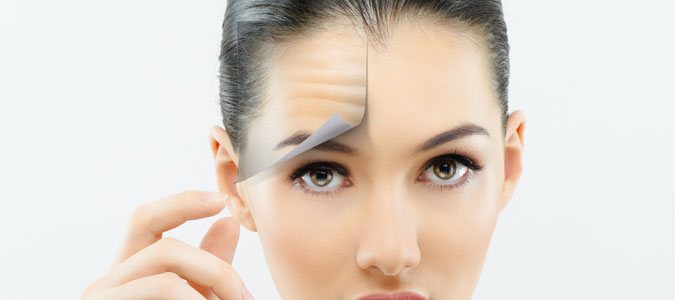Brick can definitely add character and a certain charm to the exterior of your home. You might decide to paint it if it has started showing its age, or maybe you’re just looking for a change. Either way. There are certain tips you must remember before diving into this venture.
Longmont House Painters bring you everything you need to know to carry out the painting process perfectly, including the materials you need and how to get the best result.
Make A List Of Necessary Materials And Tools
Before you begin your quest to paint the brick exterior, there are a few items you'll need to purchase first. This includes a wire scrub brush, liquid soap, paintbrush, paint roller, latex primer, later paint, painter's tape, and trisodium phosphate. Longmont Painters also recommends wearing gloves and goggles to prevent any reaction caused by the chemicals.
Choose The Right Type Of Paint
When it comes to painting a brick wall, there are two types of paints that may be considered: elastomeric paint and acrylic latex. Elastomeric varnish is a paint specially made for painting exterior brick. Thanks to its high elasticity, it can cover dips and creases very well. It can withstand all weather conditions and thus prevents new cracks from forming in the brick.
On the other hand, acrylic latex is easy to clean and resists mildew and grease. If you paint the exterior brick wall, you may purchase acrylic latex specifically made for exterior paint jobs. This material is also intended to withstand harsh weather and humidity conditions and can last anywhere from two to ten years without needing touch-ups.
Prepare The Brick Surface
Before applying any product to the brick wall, it must be cleaned properly. For that, you must use the wire brush to remove any remaining debris from tricky areas and crevices. Next, take a mixture of water and liquid soap and scrub the entire surface of the brick. If you have any stubborn grease stains on your brick wall, mix a little trisodium phosphate with water and scrub the brick with the solution.
It will surely clear the grease marks. Once you’re done cleaning the brick wall, let it dry completely for 24 hours. Meanwhile, take painter's tape and cover areas you don't want the paint to get on, like wall windows, sockets, doors, etc.
Prime The Brick Surface
To generate a binding layer on the brick wall, you need to apply a thin layer of latex primer. This will not only help cover the porous structure of the brick but will also ensure that the paint has something to adhere to.
Remember that latex-based primers dry much faster than oil-based primers. If cracks or mold are present on the brick surface, you may need to apply multiple coats of primer.
Paint The Brick Surface
We are now set for the main task. Painting the brick wall! Here, you must make sure to apply an even coat of paint using a paintbrush and paint rollers. You’ll require an assortment of brush sizes to be able to reach the difficult spots and corners. If you're using a paint roller, make sure to buy one with a thick nap to help you get into the cracks in the bricks.
Longmont House Painters always recommend applying more thin coats than one thick one. Make sure to push the paint into the small crevices. To obtain a smooth finish, it is necessary to cover all parts of the masonry.
Consider Using Spray Paint
When painting large brick surfaces, using spray paint is a good option. Its main advantage is that it is much faster than using a brush or roller and can help you save a lot of time. However, Longmont Painters think rollers can give you a much higher quality finish. When applying spray paint, there is always the risk of over-spray.
Final Thoughts
Although the brick wall is considered a poor canvas, you can still bring out its beauty by following the tips we just gave you. You should only use spray paint if you're looking for a quick way to paint over a large brick wall. But, if you care about the high finishing on the brick wall, it is recommended that you do it the old-fashioned way and use brushes and rollers.









